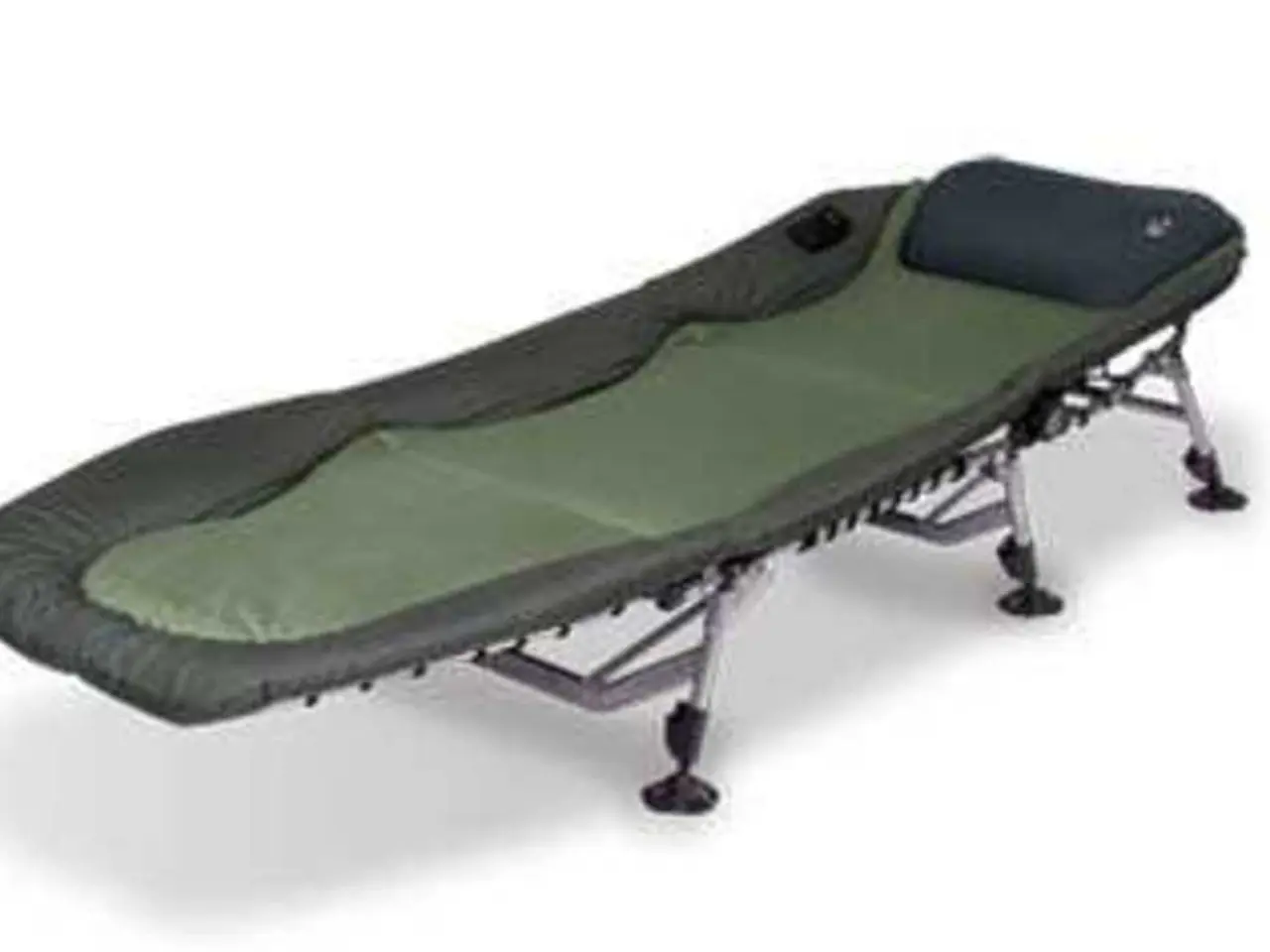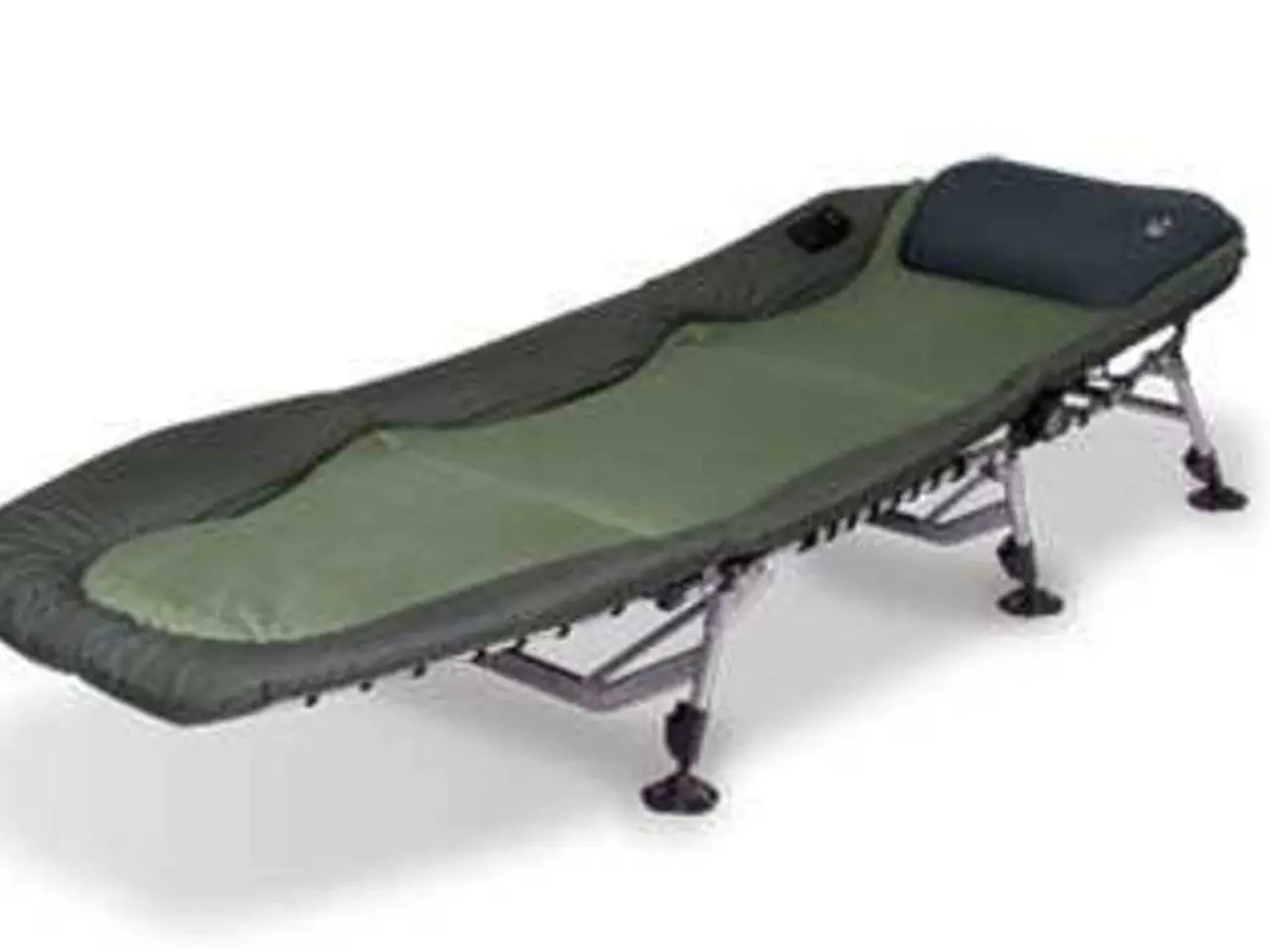Stretching's utility in certain scenarios may not hold true according to researchers.
In a groundbreaking development, a team of 20 international researchers, led by Prof. Jan Wilke from the University of Bayreuth, have published a consensus paper on stretching in the Journal of Sport and Health Science. The research, aimed at providing guidance on when and how to use stretching, offers evidence-based recommendations for trainers, therapists, and athletes alike.
According to Prof. Wilke, stretching is an easily accessible, free form of training that can be beneficial in certain areas but is often overrated in others. The team's recommendations focus on improving flexibility, reducing muscle stiffness, and potentially aiding in injury prevention.
For flexibility, regular stretching can indeed improve range of motion, with techniques like Proprioceptive Neuromuscular Facilitation (PNF) stretching particularly effective for specific muscle groups, such as the hamstrings. However, it's important to note that the effects may not be immediate for all muscle groups, such as the deep neck muscles.
In terms of muscle stiffness, stretching can significantly reduce discomfort, enhancing athletic performance and reducing post-exercise discomfort. However, the impact can vary depending on factors like muscle temperature and previous activity.
When it comes to the cardiovascular system, while regular physical activity, which includes stretching, contributes to improved cardiovascular health, there is limited direct evidence that stretching has a significant impact on its own. Aerobic exercises are more effective for improving cardiovascular health.
Stretching can help improve posture by increasing flexibility and reducing muscle imbalances that contribute to poor posture. However, for significant posture improvement, stretching should be combined with strengthening exercises and good ergonomics.
Regarding injury prevention, regular stretching can help reduce the risk of injury by improving flexibility and reducing muscle stiffness. However, the effectiveness depends on the timing and type of stretching. Stretching before exercise is controversial; it may not prevent injuries and could potentially impair performance. It is generally recommended to stretch after exercise.
Alternatives to stretching include active stretching combined with cryotherapy, which may be as effective as, or more effective than, passive stretching for some conditions. For older adults or those with mobility issues, videoconference exercise therapy can be an effective alternative to traditional stretching methods, improving physical function and strength.
It's important to note that the effectiveness of devices like the CastleFlexx for posterior chain stretching is limited, so caution is advised when using such products.
In summary, stretching is beneficial for improving flexibility, reducing muscle stiffness, and potentially aiding in injury prevention. However, its effectiveness varies depending on the context and type of stretching. Alternatives like active stretching with cryotherapy and comprehensive exercise programs can be more effective in certain scenarios. As Prof. Wilke emphasizes, stretching is not always a universal remedy, and it's crucial to approach it with a clear understanding of its benefits and limitations.
[1] Source: https://www.ncbi.nlm.nih.gov/pmc/articles/PMC8192227/ [2] Source: https://www.ncbi.nlm.nih.gov/pmc/articles/PMC7447887/ [3] Source: https://www.ncbi.nlm.nih.gov/pmc/articles/PMC7597467/ [4] Source: https://www.ncbi.nlm.nih.gov/pmc/articles/PMC7302419/ [5] Source: https://www.ncbi.nlm.nih.gov/pmc/articles/PMC6797847/
Science indicates that stretching, a free form of training, can be beneficial in improving flexibility and reducing muscle stiffness, which in turn may aid in injury prevention. However, the effectiveness of stretching in different scenarios varies, making it crucial to approach it with a clear understanding of its benefits and limitations in health-and-wellness, fitness-and-exercise. For instance, regular stretching can enhance flexibility, especially with techniques like Proprioceptive Neuromuscular Facilitation (PNF) stretching. In some cases, alternatives like active stretching combined with cryotherapy may be as effective as, or more effective than, passive stretching.




